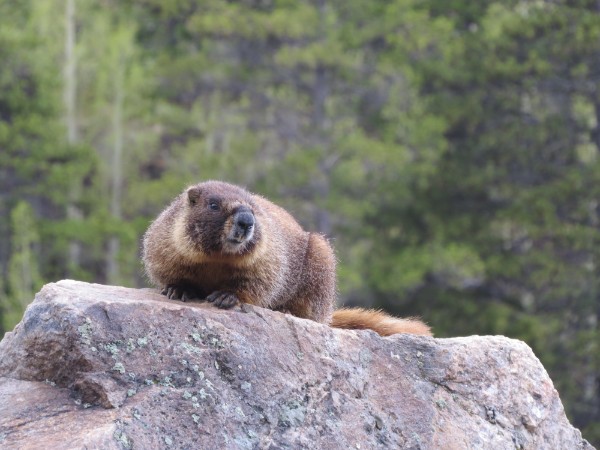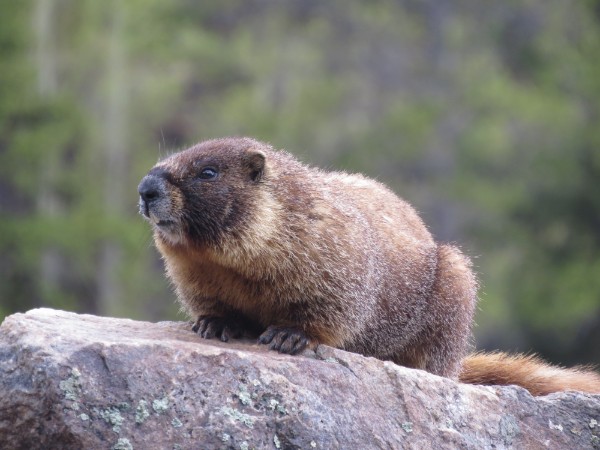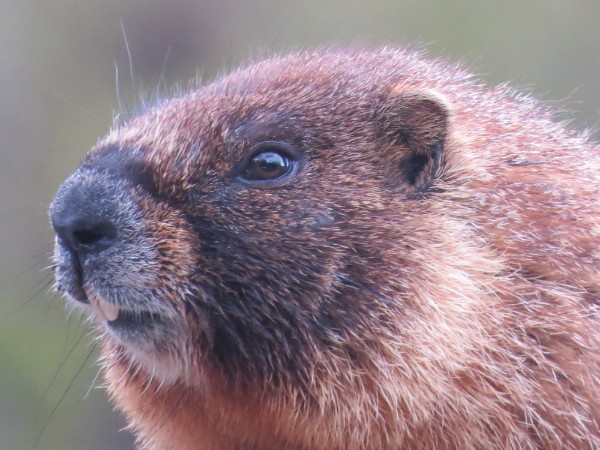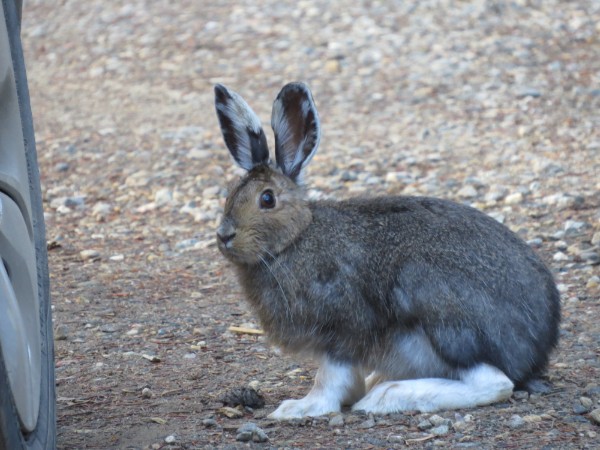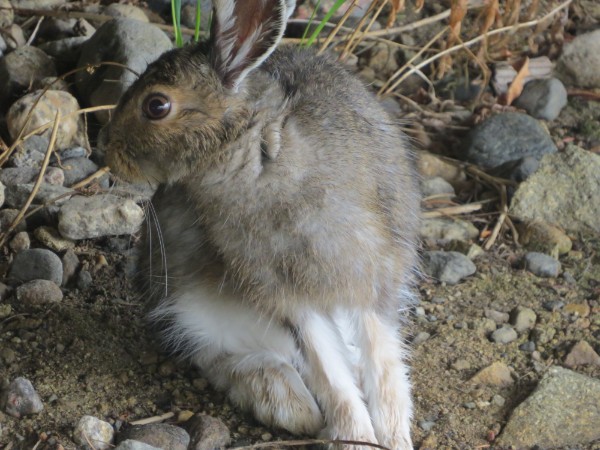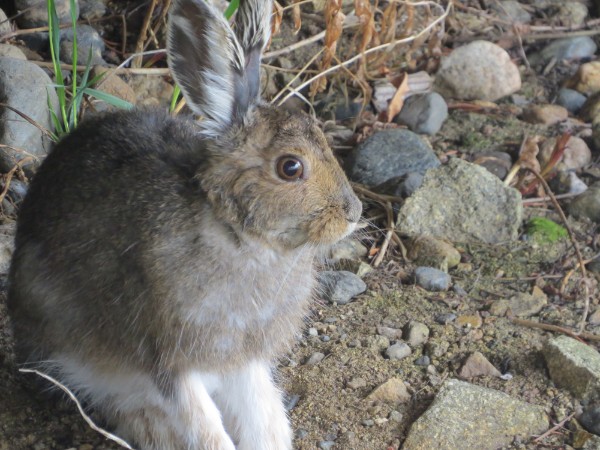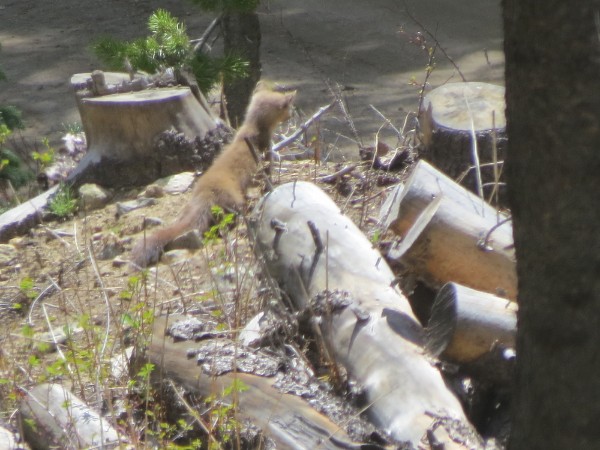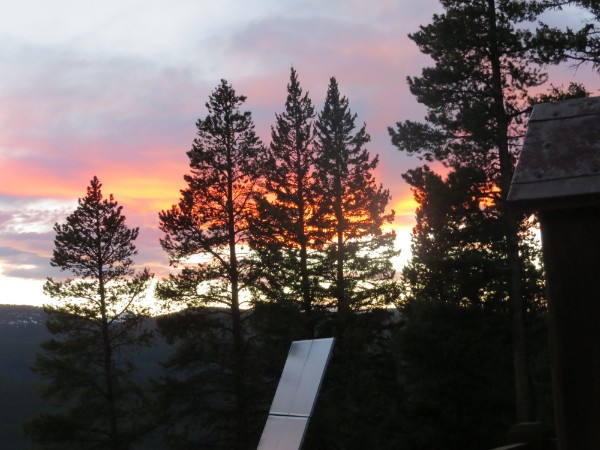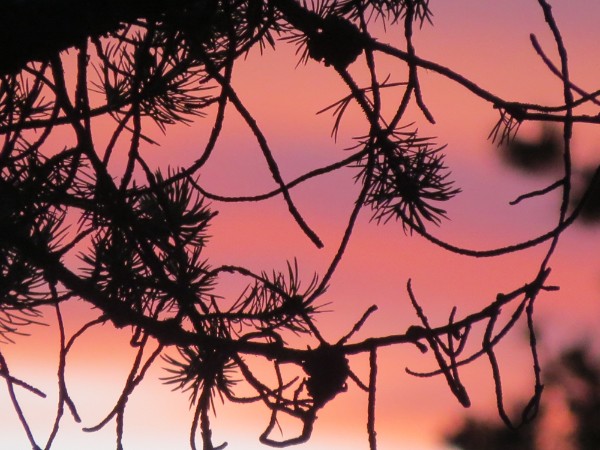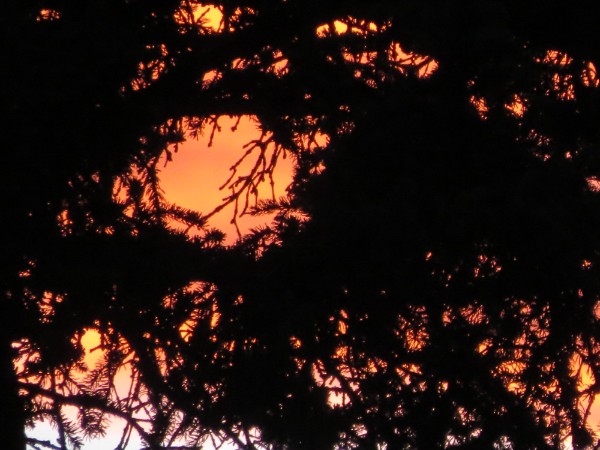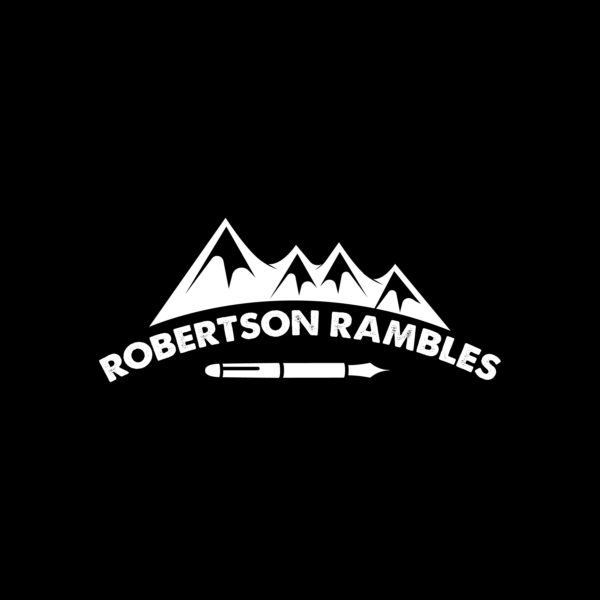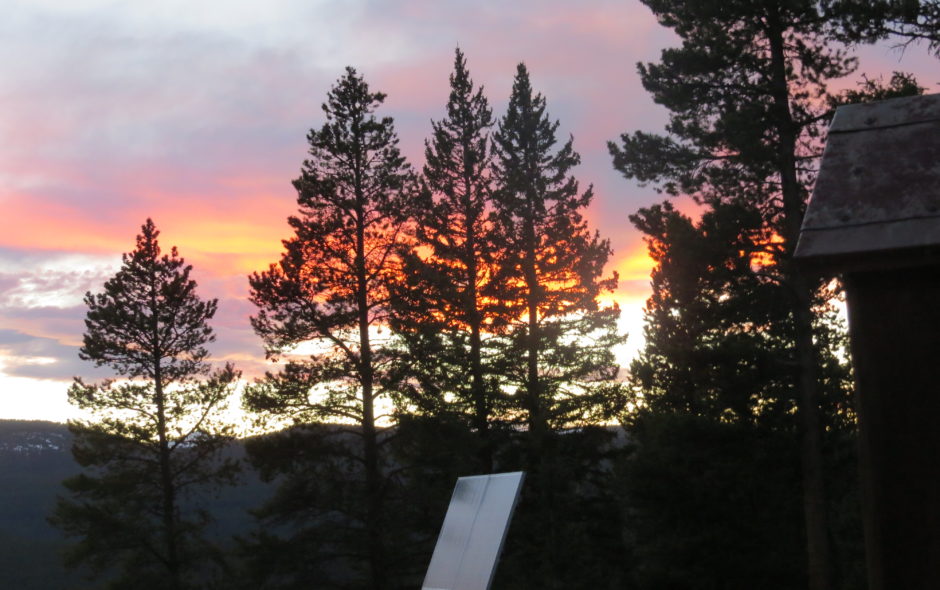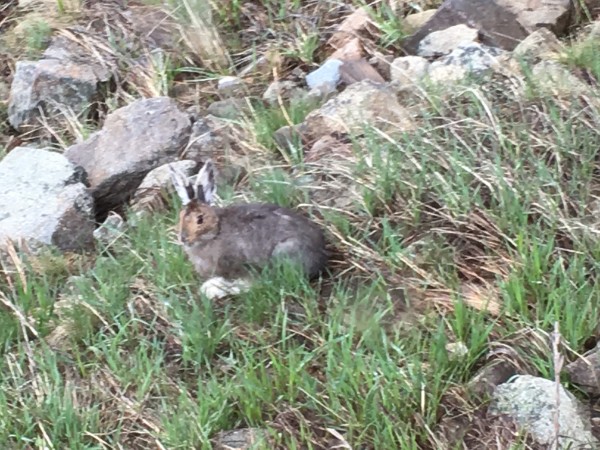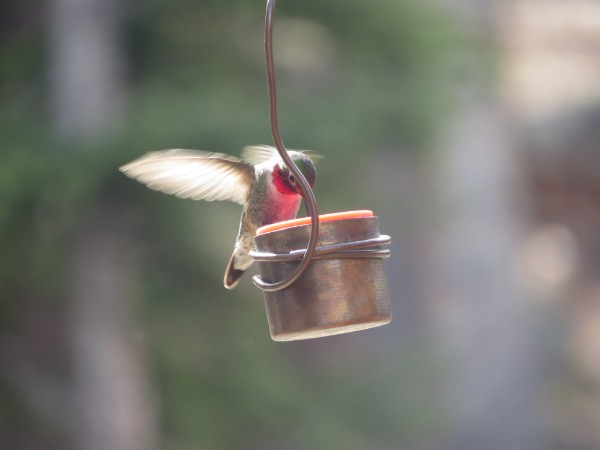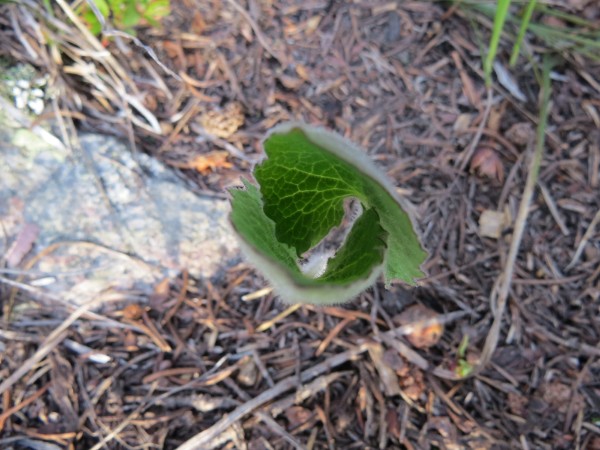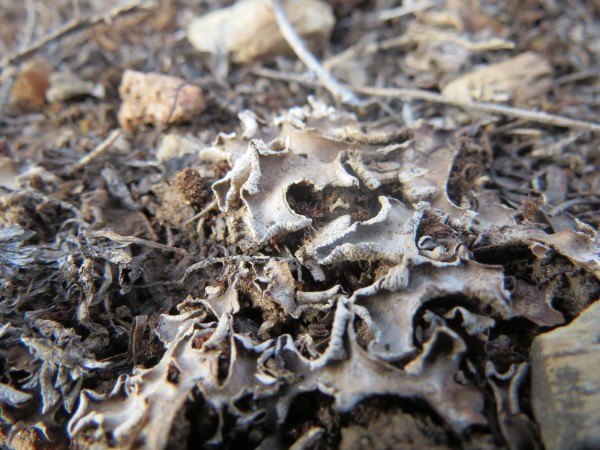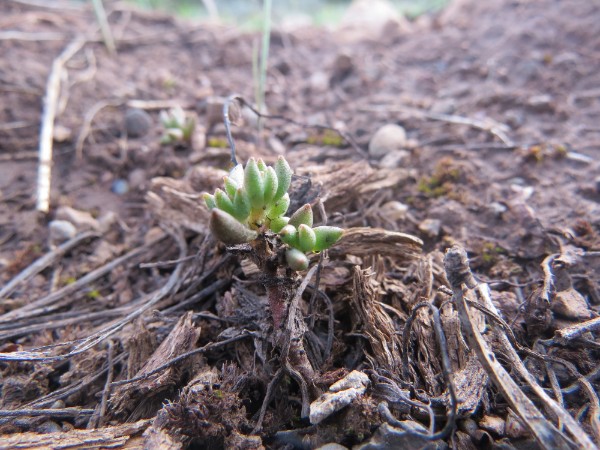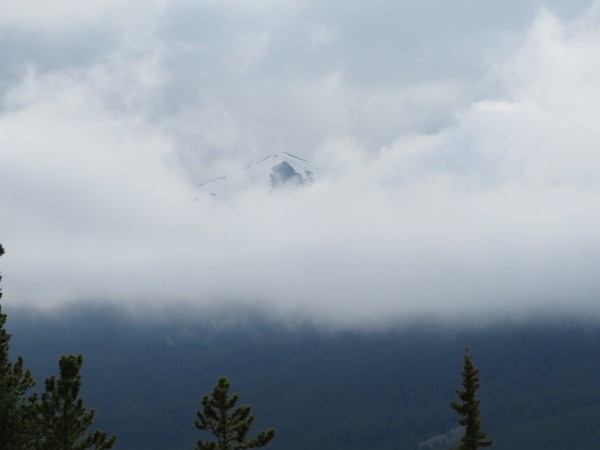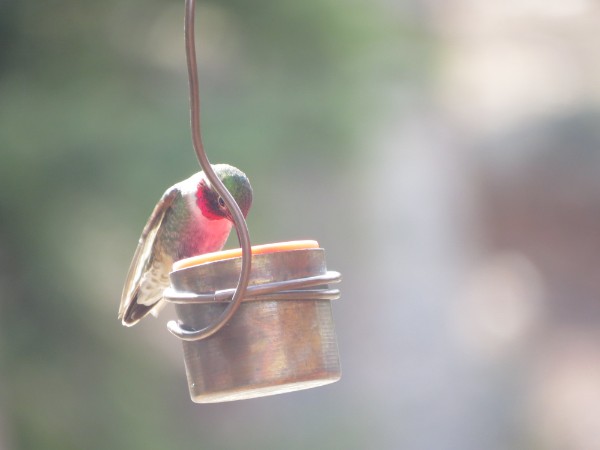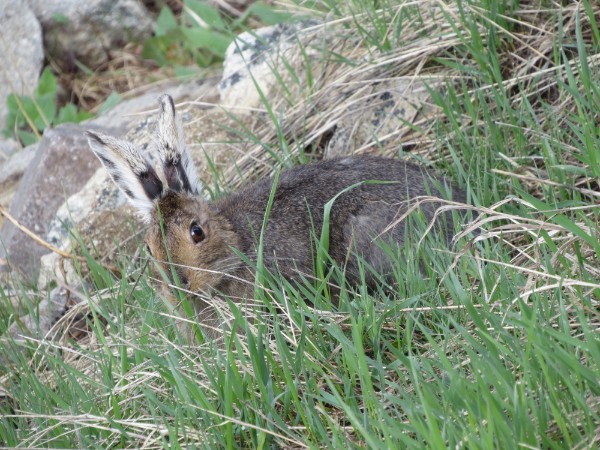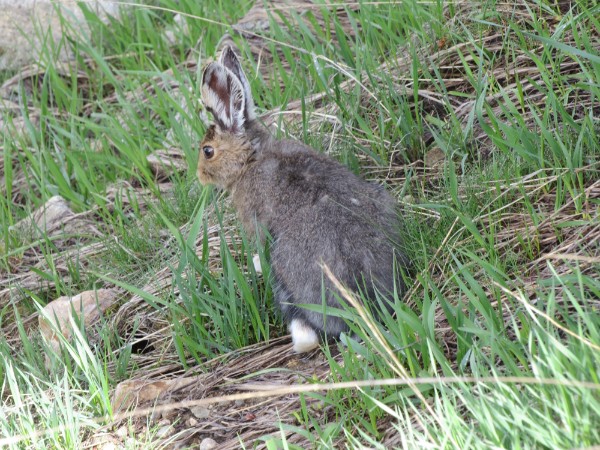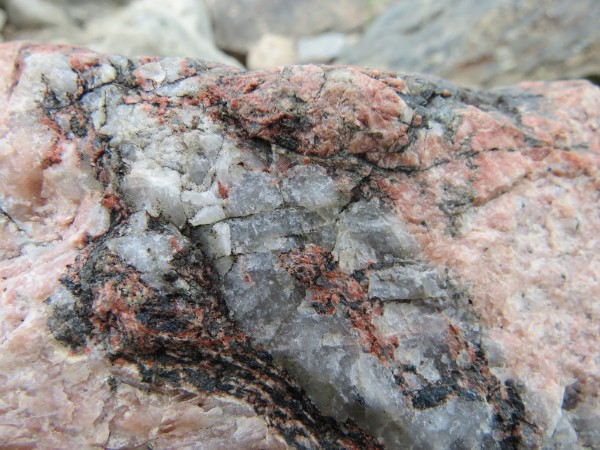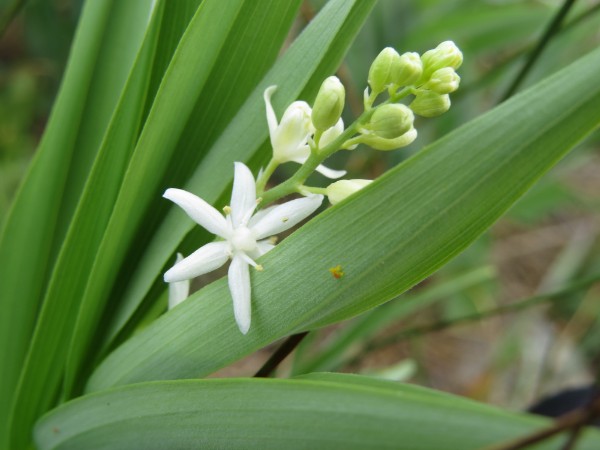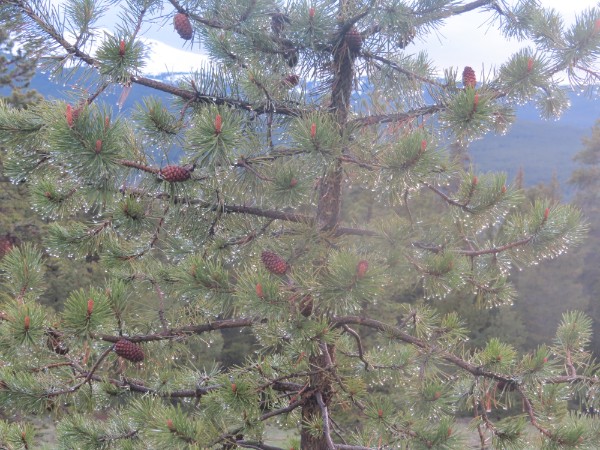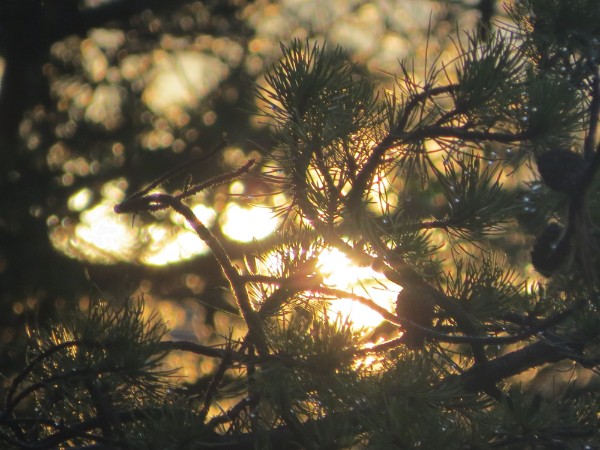snowshoe hare
the boys hang out the kitchen window
to watch each hop
each twitch of the nose
flipping from brown to white
what sends them over the edge, though,
is when he washes his face with his paws
burying his forehead in his hands as if in shame
then stroking his cheeks and whiskers clean
oh my gosh he is so cute!
Alex calls him Dirty Harry
this huge gentle soul
midway between unnoticeable rock
and drift of white snow,
now in 1970s basketball player phase –
sporting tall white sweatsocks
and terrycloth headband
(his so-long ears haven’t quite browned yet)
each hop reveals those ludicrously long hind feet
that allow him to nearly hover above the snow
instead of postholing like us ungainly apes
and when he turns we glimpse his
diminutive bedraggled white-centered tail
his warm brown eye regards us calmly –
no talons or fangs:
nice enough neighbors
it seems he feels
tonight maybe he’ll sleep below the deck
his heart keeping time with ours
